Creating By ourselves for Ourselves
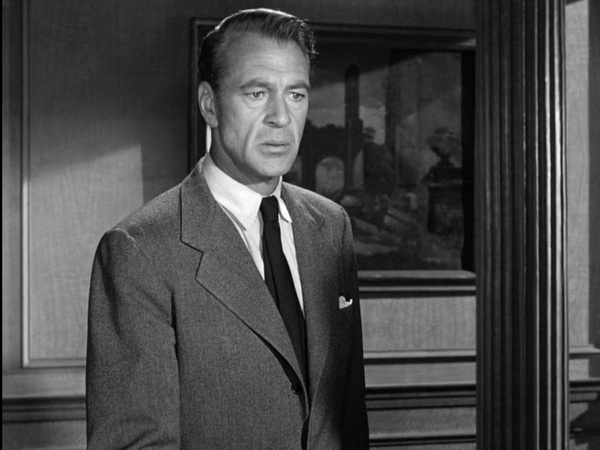
<p>If we must be creative, we must do it alone, from the recesses of our hearts and minds; our ideas must spring forth. This is an essential part of Howard Roark's personal creed, but there's a bit more in the Objectivist ideals that govern him that many of us might have reason to question. In 1949, Ayn Rand's novel The Fountainhead was adapted for the cinema. It was directed by King Vidor and has been quite popular, even if less so than the book. Writing the screenplay, Ayn Rand was able to maintain her philosophical ideas even while making changes for the big screen.<span style="background-color: transparent;">This article is a sequel to Dominique Francon's letter from my previous post; here I touch on some of those principles and how they relate to Howard Roark, the story's main protagonist.</span></p><p><span style="background-color: transparent;"><br></span></p><p><img src="/media/inline_insight_image/1000020701.jpg" alt=""></p><p><em><sub>Proposed Design by Howard Roark</sub></em></p><p><br></p><p>I've been brief in constructing something of Dominique Francon's perspective, but her relevance to understanding Ayn Rand's story and philosophy in a broader sense is quite significant. Ayn Rand's Fountainhead paints a world where the masses have taken to the classical style of architecture, and nearly every architect in the story is quite keen to give them what they want. In this world, this is the way to fame and success.</p><p>Dominique's father is one such architect; in fact, he was the most successful and famous architect in the country at the time. He's no different from the crop; he designs the recycled old styles and does what is in vogue. This keeps him safe, famous, and very rich. Dominique is, however, an idealist. She has a keen interest in art and architecture and writes a column about them for the prime paper in the city. The paper is often focused on pushing the status quo described above, and the man in charge of the paper, Gail Wynard, is keenly aware of the rubbish he feeds the masses. He can see originality and otherwise good ideas but intentionally feeds off of the people's ignorance.</p><p><br></p><img src="/media/inline_insight_image/1000022182.jpg" alt=""><br><p><span style="font-size: 10.5px;"><em>Dominique Francon and Gail Wynard played by Patricia Neal and Raymond Massey</em></span></p><p><br></p><p>In this context, Howard Roark represents a sketch of the ideal man by Ayn Rand. The behaviour of the other characters in response to him gives a quick insight into their relationship to true creative or individual freedom. Ayn Rand does not shy away from declaring that the highest virtue for any man is individual realization. Howard Roark embodies this; for him, man exists in himself, for himself, and must live with full dedication to that which lies in his own heart. This, according to Howard, is the only way anything can be achieved of remarkable value for humanity. He does not work for money; he would rather work as a labourer than sacrifice his architectural principles. He doesn't design what his clients want over what he believes to be ideal, and he does not join in the replication of the classic styles the world around him is obsessed with. Crucially too, he does not compromise. Ayn Rand believed that looking for compromises between her individualist ideals and the self-sacrificing orgy of the world as she described it was a ridiculous idea. She illustrates this with several instances in the story.</p><p><br></p><p><img src="/media/inline_insight_image/1000020698.jpg" alt=""></p><p><em><sub>Howard Roark played by Gary Cooper and his initial design </sub></em></p><p><br></p><p>On one occasion, with only 14 dollars left to his name, Howard Roark is on the brink of acquiring a big commission, but at the last moment, the board of the bank asks that he makes changes to his design: a little of the old and a little of the new, they suggest; they want to add a touch of classical styles to the design.</p><p><br></p><p><img src="/media/inline_insight_image/1000022175.jpg" alt=""></p><p><sub><em>Howard Roark defending his design against classical changes</em></sub></p><p><br></p><p>He refuses. Roark even rejects the option of a simple life in love with Dominique despite his feelings for her; he would rather face the hateful collective armed with nothing but his loyalty to himself. Here Ayn Rand draws the contrasts quite well between Roark, Dominique, and Gail Wynard. While the latter two see what the ideal is, they are afraid it is impossible so they hide or join in the corruption. The dangers of Roark’s path are laid bare. When Gail Wynard tries to be a better man and fails to live up to the ideal by supporting his friend Roark in the face of public ridicule, he is unable to forgive himself. With his empire crumbling for daring to go against the grain, he takes his own life.</p><p><sub><br></sub></p><p><sub><img src="/media/inline_insight_image/1000022180.jpg" alt=""></sub></p><p><em><sub>Howard Roark working as a day labourer</sub></em></p><p><br></p><p>The rejection of compromise that characterizes Ayn Rand's philosophy means she cannot agree with my position. Though I believe man's freedom is his basis for humanity and that one cannot be truly creative unless from within himself, I believe the actualization of one's fullest self is best served if it contributes to something beyond himself in the long run. I do believe the consumerist world we inhabit presently has steeped a heavy focus on individual identity and branding. Many live for themselves even as urbanization marches on and on. In creative fields, more and more people design for themselves and their egos, and though this has merits in regard to freedom, it is a missed opportunity to do even greater things by going beyond ourselves. Ayn Rand's philosophy was, in part, a passionate response to Stalinist Russia where state control and collectivist ideals were the mainstay. She heavily emphasized the need for the government to be kept out of a free-for-all version of capitalism she extolled - one for which current American Libertarians have a great affinity.</p><p><br></p><p><img src="/media/inline_insight_image/1000020702.jpg" alt=""></p><p><br></p><p>We are, however, a connected species—social in nature—and many of the greatest things we do come about when we fully develop ourselves, but not as an end in itself but for others or something much greater. Creativity must be an individual venture, but it is not tarnished by willing service for even one more person, and one extreme is rarely the sustainable solution to another.</p>
Referral Earning
Points-to-Coupons
Insights for you.






 381
381








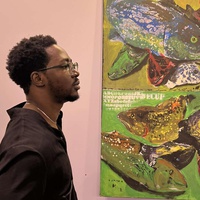



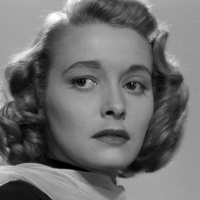

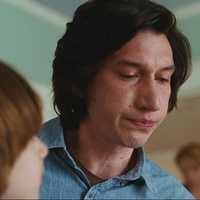
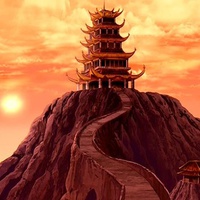

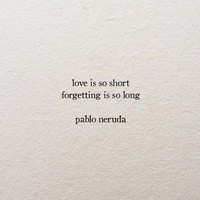
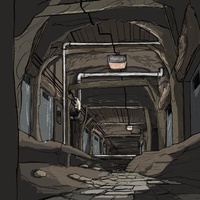
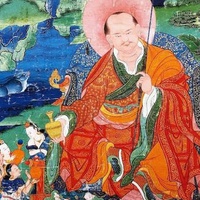
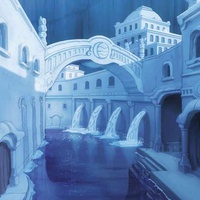


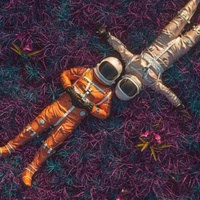




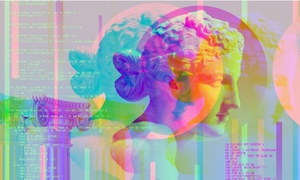


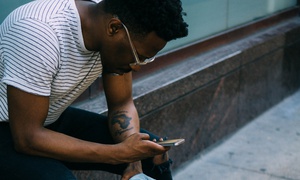



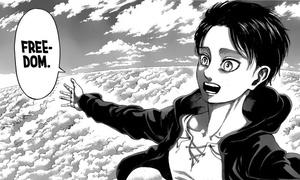


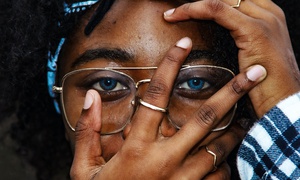







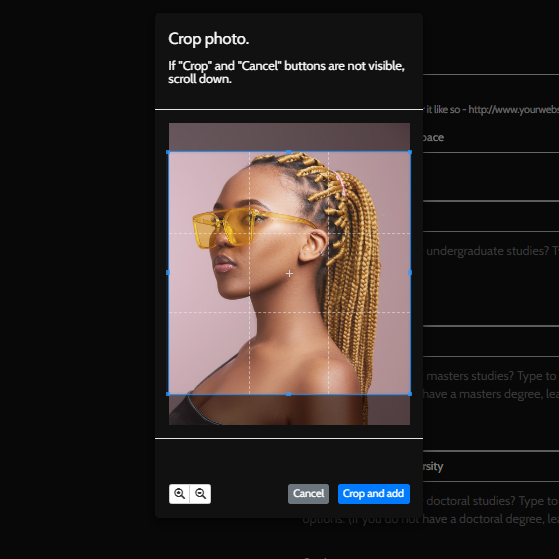
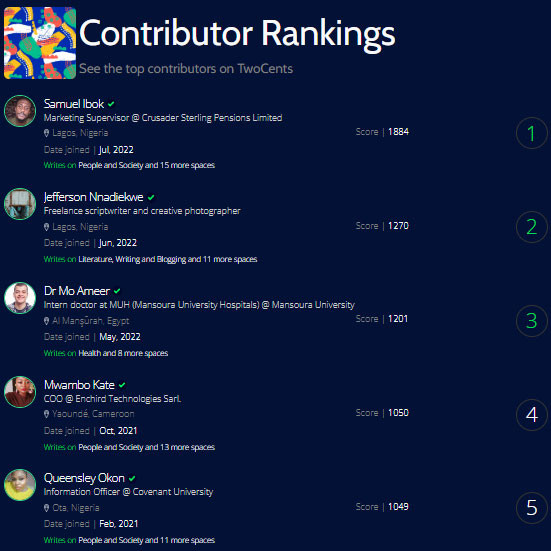






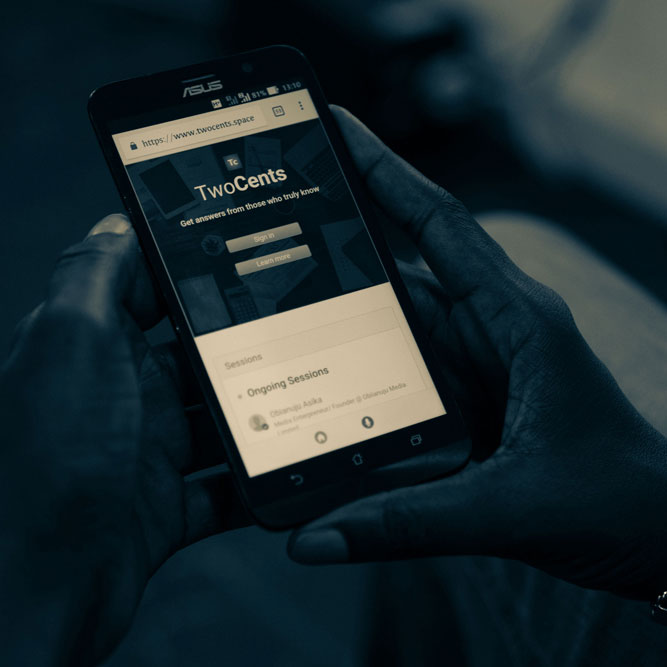












Comments